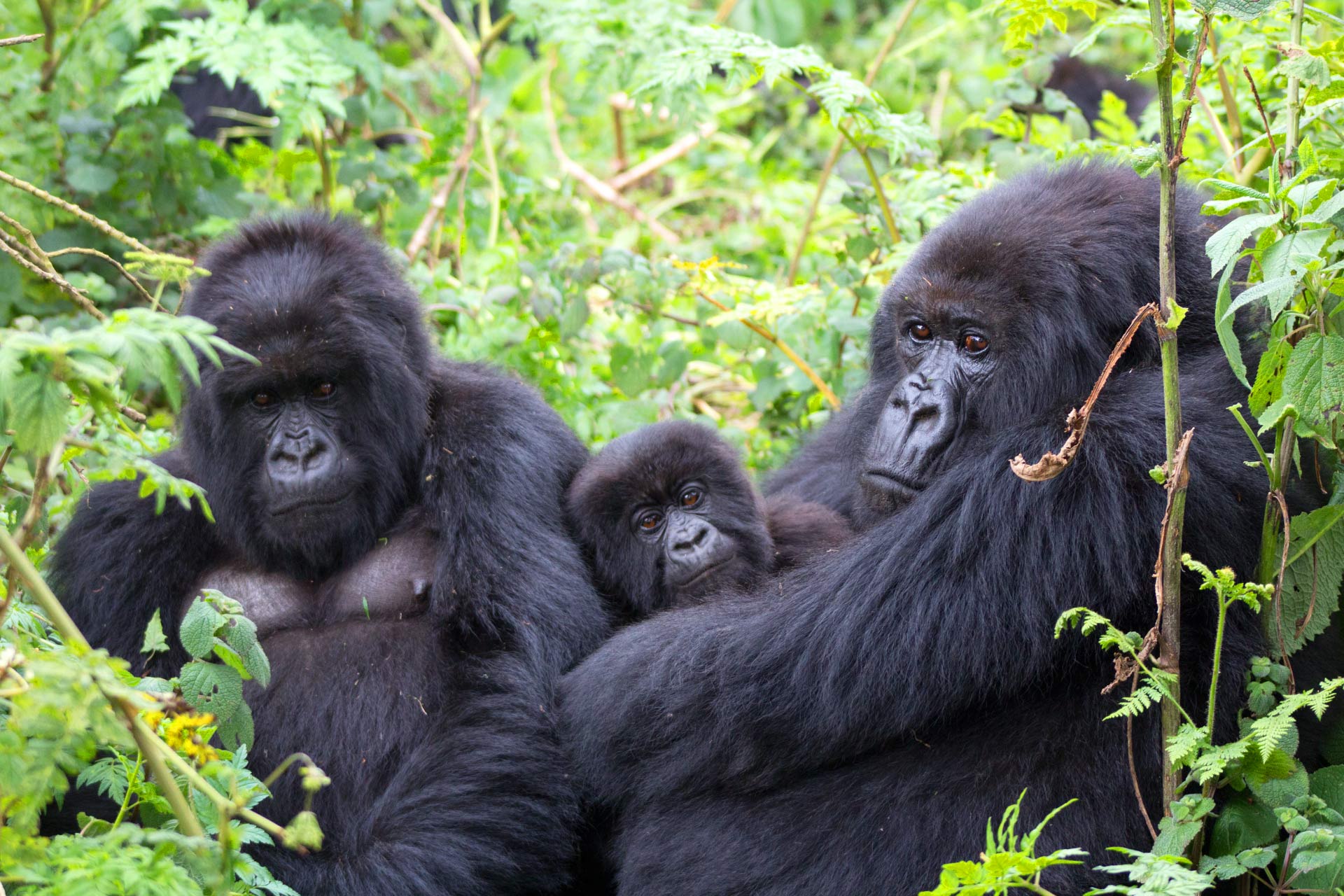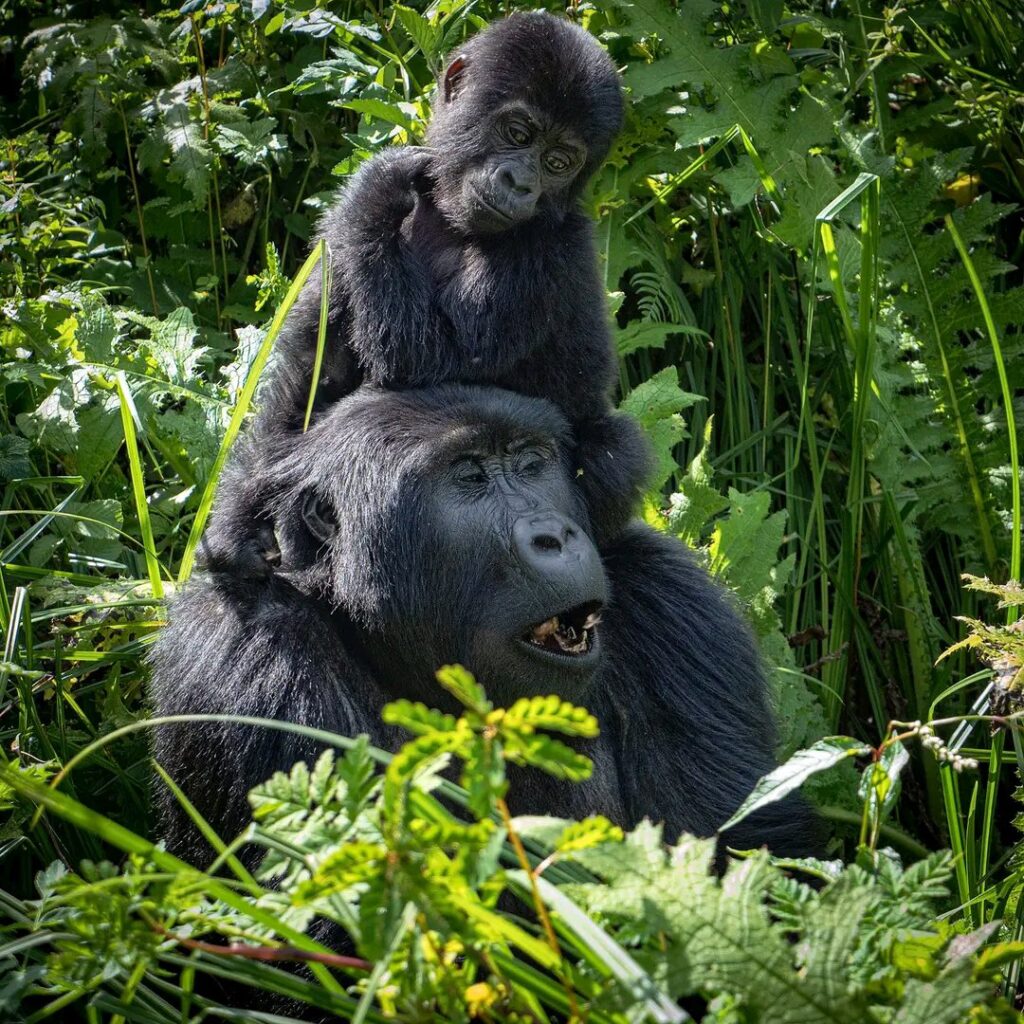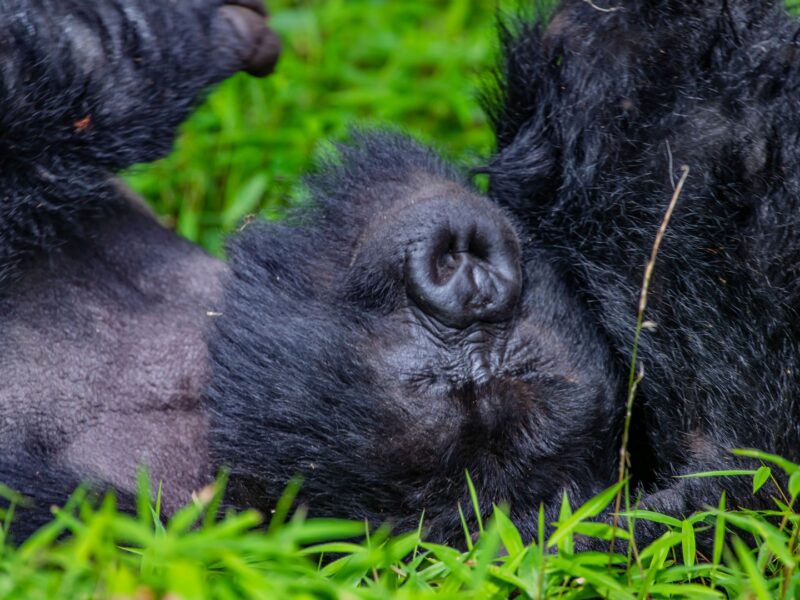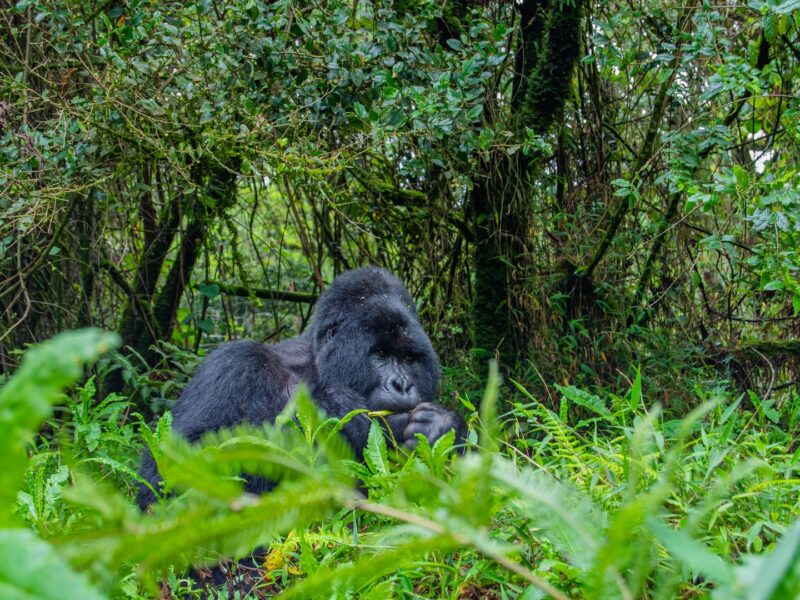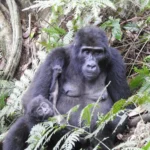
Travel Tips for a Smooth Uganda Gorilla Safari
July 17, 2025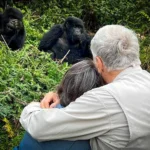
Is It Safe to Sleep in Hotels Near the Gorilla Park?
July 17, 2025Is It Possible to Do Research on Gorillas in Uganda?
When travelers hear of Uganda gorilla trekking or plan the best gorilla trekking safari, one question often arises among wildlife enthusiasts and students of conservation: Is it possible to do research on gorillas in Uganda? The answer reveals a rich, behind-the-scenes story about how Uganda’s approach to gorilla tourism blends tourism, science, and conservation.
Uganda’s mountain gorillas live mainly in Bwindi Impenetrable National Park and Mgahinga Gorilla National Park. Scientific research is indeed a cornerstone of their protection. Several research programs run in partnership with the Uganda Wildlife Authority, local universities, and international conservation bodies focus on gorilla behavior, habitat use, health monitoring, and the effects of human presence. These projects help ensure that gorilla trekking safaris remain sustainable and that mountain gorillas continue to thrive.
However, direct participation in gorilla research isn’t part of standard tourism. Instead, researchers work under special permits and collaborate with park authorities, using methods that minimize disturbance. Travelers passionate about deeper learning can join educational briefings or the unique gorilla habituation experience in Bwindi, which offers up to four hours with a semi-habituated family bridging the gap between observation and research. This remarkable opportunity, though different from formal research, lets travelers see how trackers and scientists study gorillas, offering rare insights that few other African destinations can match.
This balance between science and tourism ensures that Uganda gorilla tours do more than offer breathtaking encounters—they also support long-term conservation grounded in data and respect.
What Makes Bwindi Impenetrable Forest the Heart of Uganda Gorilla Trekking?
Travelers planning an Africa gorilla trekking adventure naturally ask: What makes Bwindi Impenetrable Forest so special? The answer goes beyond its rugged beauty. As one of the world’s oldest rainforests and a UNESCO World Heritage Site, Bwindi Impenetrable National Park shelters roughly half the world’s remaining mountain gorillas—making it the center of the Uganda gorilla safari experience.
Trekking in Bwindi feels like stepping into an ancient, living cathedral of biodiversity. Towering trees rise from thick mist, their branches draped with moss and orchids. Hidden in these shadows are not just gorillas, but hundreds of bird species, butterflies, and small mammals. Each trek becomes a story of discovery. Rangers guide small groups along winding trails, reading signs invisible to untrained eyes: snapped bamboo, fresh dung, or the deep prints of a silverback.
What makes Bwindi especially remarkable is the authenticity of the encounter. Unlike some forests with easier, shorter trails, the dense terrain and steep ridges of Bwindi mean every meeting with gorillas feels earned. When the moment comes seeing a silverback resting among ferns, or juveniles tumbling in playful mischief the raw setting amplifies the awe. It’s not a curated wildlife show, but a glimpse into the private world of gorillas.
This natural, untamed feel, combined with conservation-driven management, positions Bwindi Impenetrable Forest as not just a place on the map, but the spiritual home of Uganda gorilla trekking and perhaps the most memorable rainforest experience in Africa.
What Safari Experiences Can You Combine with Gorilla Trekking in Bwindi Impenetrable Forest Uganda?
Travelers often ask: After gorilla trekking, what else can I explore in Uganda? The beauty of Uganda gorilla tours is that they don’t stop at the forest edge. Uganda is a country of striking contrasts, where one day you’re deep in misty jungle, and the next you’re watching lions under wide-open savannah skies.
After meeting the gorillas of Bwindi, many visitors head to Kibale Forest National Park, the “primate capital of the world.” Here, chimpanzee tracking offers another intimate primate encounter, as families call, drum, and swing through the canopy. For those drawn to classic safari scenes, Queen Elizabeth National Park offers game drives where elephants, buffalo, and tree-climbing lions roam volcanic plains and crater lakes shimmer in the sun.
Further north, Murchison Falls National Park surprises travelers with the thunder of the Nile crashing through a narrow gorge a dramatic backdrop to boat cruises where hippos, crocodiles, and elephants gather along the banks. Even further afield, Kidepo Valley National Park in Uganda’s remote northeast reveals raw wilderness landscapes few tourists see.
Beyond wildlife, Uganda’s tapestry includes serene crater lakes, hikes to hidden waterfalls, and lively markets bursting with color. Each adds depth to the best gorilla trekking safari, turning your trip into a true African odyssey. At Ngeye Tours & Travel, we help travelers craft these multi-park journeys—where every day brings a new landscape and every stop tells another story.
Why Are Uganda Gorilla Trekking Safaris Considered the Best Gorilla Trekking Safari?
A question that travelers often ask when comparing destinations is: Why do so many call Uganda the best gorilla trekking safari? The answer is both practical and deeply experiential. Uganda’s gorilla permits, at USD 800, cost almost half of Rwanda’s USD 1,500. But the difference isn’t just price. Uganda gorilla trekking is often described as more adventurous and raw especially in Bwindi, where thick vegetation, steep trails, and mist-shrouded ridges create a sense of real exploration.
Yet cost and terrain tell only part of the story. Uganda’s greatest strength is diversity. After the emotional encounter with gorillas, travelers can track chimpanzees, watch wildlife on classic savannah game drives, or drift past hippos on Nile river cruises. The country’s range of landscapes from rainforest to open grassland, volcanic crater lakes to the roaring falls of Murchison means each day feels fresh.
Cultural depth adds another layer. Visiting Batwa communities or rural villages turns your safari into more than sightseeing; it becomes an exchange rooted in shared humanity. Finally, Uganda’s tourism remains grounded in conservation and community benefit, ensuring your trip helps protect wildlife and supports local livelihoods.
Together, these elements make Uganda more than a destination it becomes an unfolding journey. For travelers seeking the best gorilla trekking safari that blends affordability, authenticity, and adventure, Uganda gorilla tours continue to stand above the rest.
What Is the Experience of Gorilla Trekking in Bwindi Impenetrable National Park?
Travelers often ask: What is a gorilla trekking day really like? A typical gorilla trekking safari begins early. Visitors gather at the park headquarters of Bwindi Impenetrable National Park, where experienced rangers share rules, including why flashy photography is not allowed—to protect gorillas from stress and sudden light.
Treks begin in small groups, each assigned to a specific gorilla family. Some families live close to the trailhead; others require longer, more strenuous hikes. The forest itself feels alive: moss-draped trees, sunlight filtering through mist, and the distant calls of birds and monkeys. Guides follow signs—broken branches, fresh dung, or nest sites—leading you closer.
The moment the gorillas appear is unforgettable. Travelers often speak of the silence that falls, as cameras lower and the group simply watches. A silverback might observe calmly, juveniles might tumble through leaves, or a mother might feed her infant within arm’s reach. This hour feels suspended in time a deeply human connection with creatures who share over 98% of our DNA.
Leaving the family behind, travelers hike back through the forest, often reflecting on what they’ve witnessed. It’s more than wildlife watching; it’s stepping into a world that, for millions of years, has remained hidden from human eyes. This blend of challenge, beauty, and intimacy is why Uganda gorilla trekking resonates so powerfully with those who experience it.
How Do Cultural Tours Enhance Uganda Gorilla Tours?
Travelers drawn to Uganda gorilla tours often wonder: Why include cultural tours in my itinerary? The answer lies in understanding the real story of conservation. The Batwa people, once forest hunter-gatherers, have lived alongside gorillas for generations. Visiting their communities near Bwindi Impenetrable Forest is not just a cultural display—it’s a chance to hear firsthand how conservation has transformed lives.
Through storytelling, dance, and forest walks, the Batwa share ancient knowledge: which plants heal, which trees carry history, and how to read the forest’s subtle signs. These tours also reveal the complex realities of conservation how people displaced from ancestral lands must now find new livelihoods and identities.
Beyond the Batwa, travelers can explore Ugandan village life, visit local markets, or join cooking classes. Each experience connects the traveler to Uganda’s living culture, adding depth to the wildlife encounters. For many, these moments with people become as memorable as the gorillas themselves.
At Ngeye Tours & Travel, we believe cultural exchange is not an “add-on” but an essential part of ethical tourism ensuring Africa gorilla trekking supports communities as well as wildlife.
When Is the Best Time for Gorilla Trekking in Bwindi Impenetrable Forest?
A question every traveler asks: When is the best time to visit Bwindi for gorilla trekking? Uganda’s gorilla trekking is available year-round, thanks to the country’s mild equatorial climate. However, the two dry seasons—from June to September and December to February—are generally favored. Trails are firmer, the air is clearer, and photography is easier.
Yet the wet months, from March to May and October to November, bring their own magic. Fewer tourists mean quieter treks, and the forest bursts into lush green, with mist hanging beautifully among the trees. Wildlife remains equally active, and some lodges offer lower rates.
Importantly, gorillas do not migrate they live year-round in Bwindi Impenetrable National Park. The real “best time” often depends on your interests: clearer photos, quieter trails, or budget considerations. Ngeye Tours & Travel helps travelers weigh these factors, ensuring your safari feels perfectly timed, whether it’s your first gorilla trek or a return journey.
Why Is Flash Photography Not Allowed During Gorilla Trekking Safaris?
Many travelers ask: Why is flash photography banned during gorilla trekking? The rule is about respect and safety. Flash disrupts gorillas, startling them and potentially provoking defensive behavior—especially from protective silverbacks. More critically, flashes can stress gorillas over time, affecting their natural behavior and health.
Beyond the gorillas’ welfare, avoiding flash preserves the atmosphere for everyone. The quiet, natural light of the forest creates photos that feel real and respectful. Visitors often discover that the most powerful images come from patience and presence, rather than artificial light.
At its heart, this rule reflects the philosophy behind Uganda gorilla trekking: visitors come as humble guests, not intruders. It is part of what keeps Gorilla trekking safaris sustainable and meaningful, ensuring future generations can share the same breathtaking encounter.
Why Uganda Gorilla Trekking Is More Than a Safari?
Uganda gorilla trekking offers more than stunning photos or a wildlife checklist. It is an invitation into a shared story of conservation, community, and ancient forests. By visiting, travelers help fund anti-poaching patrols, community schools, and research that keeps mountain gorillas safe.
Uganda’s magic lies in its diversity: raw rainforests, golden savannahs, thundering waterfalls, and cultures that turn a trip into an exploration of humanity and nature alike. And in the quiet hour spent with gorillas—without flash, without noise travelers often rediscover something within themselves: a sense of humility and wonder.
At Ngeye Tours & Travel, we are proud to guide travelers into this story not just to see gorillas, but to understand why they matter. We invite you to walk the misty trails of Bwindi Impenetrable Forest, meet the people who share its borders, and leave not just with memories, but with a deeper connection to Africa’s living heart.



